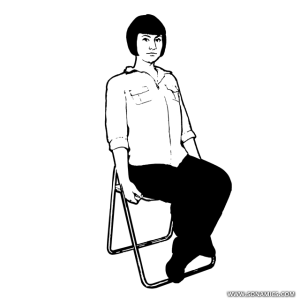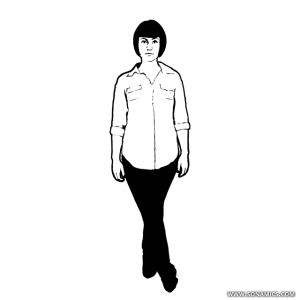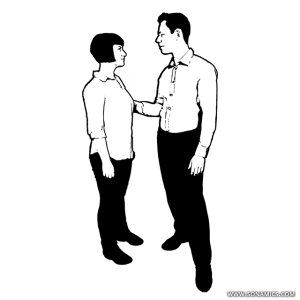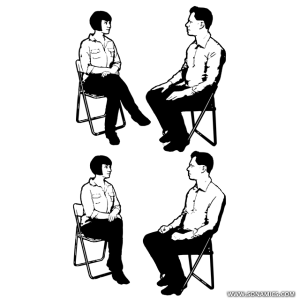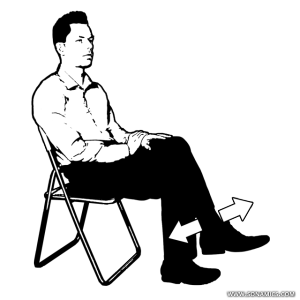One leg crosses the other. The ankle lies on the thigh.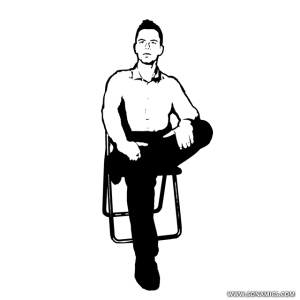
Self-confidence The person feels safe and challenges the other or arguments against the other’s point.
“Let’s see who has the better arguments!”
Explanation
The gesture challenges the other. Sometimes one or two hands grab the crossed leg. The gesture mixes self-confidence with dominance and relaxation. In Asia and Arabia, showing the shoe sole is considered rude.
Categories legs/feet, easy, dominant
This is one out of 63 gestures from the body language trainer.
